November 28th, 2008
admin
DailyTech – MIT Scientist Claims Solar Breakthrough, Sparks Controversy
Daniel Nocera PhD, a professor of chemistry at MIT, devised a catalyst system using strips of cobalt, nickel, and phosphate, all relatively inexpensive chemical compounds. By eschewing expensive catalysts like platinum, the cost of the system is kept low. So why didn’t others think of this efficient system? Well, he says that it is commonly known that cobalt dissolves relatively easy in water, making it typically a poor electrode material, and typically earning it a quick dismissal. To remedy this, Professor Nocera chose a somewhat creative approach, instead adding dissolved cobalt directly to the solvent and relying on a thin cobalt film which formed on the electrode.

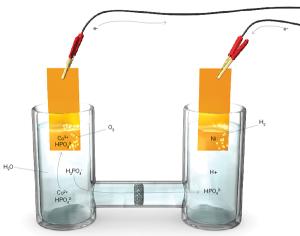
November 28th, 2008
admin
DailyTech – Pleistocene Park? Scientists Almost Done Mapping Mammoth DNA
Visions of resurrecting prehistoric animals are getting a big boost from high-tech gene sequencing methods

November 28th, 2008
admin
DailyTech – Massive Ice Glaciers Found in Non-Polar Regions of Mars
Scientists used radar probes aboard the NASA Mars Reconnaissance Orbiter to help discover low, wide glaciers about half a mile thick can be found under layers of rocky debris on Mars.
This discovery is the biggest find of water away from the planet’s northern and southern polar regions, and will likely become a target for future research by probes and possible manned missions. The ice in the hilly sections could amount to about 10 percent of the same volume of frozen water in the Red Planet’s polar ice caps.
The orbiter’s shallow radar, dubbed SHARAD, is able to penetrate the surface of the planet and see what is underneath. The two mid-latitude glaciers are massive and completely composed of water ice.
Scientists believe the debris on top of the glacier helps insulates the ice so it doesn’t turn into water vapor.
“Altogether, these glaciers almost certainly represent the largest reservoir of water ice on Mars that’s not in the polar caps,” said John Holt, who is the lead author of the study. “Just one of the features we examined is three times larger than the city of Los Angeles and up to one-half-mile thick, and there are many more.”
The glaciers could be up to 200 million years old, and it’s possible ice samples may have genetic fragments from living bacteria on the planet. In addition to signs of life, the ice could be a good record of Mars’ climate over the past few million years.

November 28th, 2008
admin
DailyTech – Scientists Grow New Frog Eyes From Stem Cells
Supporters of the stem cell approach got a big boost from new research at the SUNY Upstate Medical University, in Syracuse, NY. Researcher Michael Zuber and his colleagues report that by taking stem cells from frog eggs, they’re able to prod the cells to grow into eyes when attached to tadpoles, baby frogs.
In order to get the cells to become eyes, the team genetically modified them, inserting transcription factors (proteins that trigger expression of other genes) which are known to regulate eye growth and development.
The scientists then implanted the cells into tadpoles missing an eye. The cells properly developed and differentiated into all seven types of retinal cells and appeared to have the proper structure. Additionally the new eye attached properly to the brain. In swimming tests the eye was shown to be working as implanted tadpoles only swam to the white side of the tank (normal behavior), while blind ones would also swim to the black side of the tank.


November 24th, 2008
admin
DailyTech – Fujitsu Laboratories Develops Wrap Around Video for Drivers
Fujitsu technology creates all around view for car drivers to enhance awareness
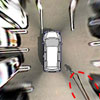
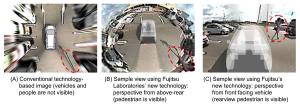
November 24th, 2008
admin
BBC NEWS | Science & Environment | IBM to build brain-like computers
IBM has announced it will lead a US government-funded collaboration to make electronic circuits that mimic brains.
The longer-term goal is to create a system with the level of complexity of a cat’s brain.
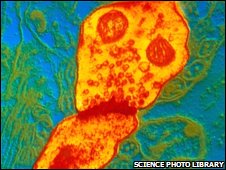
November 24th, 2008
admin
DailyTech – NASA Testing New Interplanetary Communications Network
NASA has announced that it is now testing a new type of deep space communications, and while we are still far from the sub-space communications we see on sci-fi shows, the new system is a significant improvement over existing communications methods.
NASA is comparing the new communications system to a type of deep space internet. NASA manager of space-networking architecture, technology, and standards Adrian Hooke said, “This is the first step in creating a totally new space communications capability, an interplanetary Internet.”
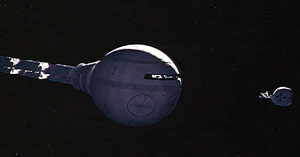
November 24th, 2008
admin
DailyTech – NVIDIA Launches Tesla Supercomputer
Tesla Supercomputer uses up to 960 parallel processing cores
The Tesla Supercomputer is based on NVIDIA’s CUDA architecture allowing the system to be programmed in the C language. Up to 960 parallel processing cores can be placed inside the system. NVIDIA claims that Tesla Supercomputers are in use in major research environments like MIT, Cambridge and others.

November 24th, 2008
admin
DailyTech – Researchers Developing Grenade-like Surveillance Camera
A new “grenade” camera could be used to help keep soldiers on the battlefield safer
The “I-Ball” camera has an internal camera that offers a full 360 degree view of the entire area, and provides high-quality images filmed in real-time video, according to researchers. It is able to transmit wireless content immediately after being launched into a hostile environment, even while it’s in mid-air.
Image sensors and two fish-eye lenses inside the I-Ball help provide images and videos, with all collected data turned into a 360 degree image after being remapped using Field Programmable Gate Array.
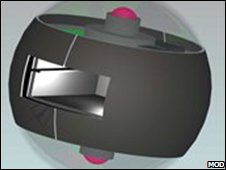
November 24th, 2008
admin
DailyTech – New Wind Turbine Generator Ditches Mechanical Transmission, Ups Efficiency 50 Percent
New wind generator design takes advantage of an advanced electrical transmission to decrease cost while boosting performance
The new generator scraps the mechanical transmission, replacing it with an electrical one. The new transmission still requires a bit of blade pitching when winds are extremely high. However, it is able to extend the peak efficiency range significantly, balancing gusts and lulls, and producing, over the course of the year, up to 50 percent more power.
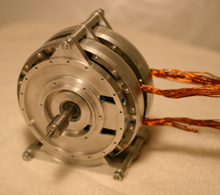
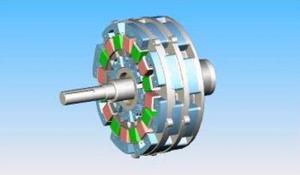
November 24th, 2008
admin
DailyTech – Samsung Producing 256GB SSD with Higher Levels of Performance
Samsung 256GB SSD with significantly higher performance is now in mass production
Samsung says that the SSD offers sequential read rates of 220MB/s with sequential write rates of 200MB/s. The SSD can also erase data at 100GBs per minute allowing for faster rewrites.

November 24th, 2008
admin
DailyTech – Extrasolar Planet’s Missing Water Discovered
A new analysis again suggests that gas giant HD209458b currently has water in its atmosphere. The planet — nicknamed Osiris — is 150 light years away from Earth, located in the Pegasus constellation. The planet was first detected in late November 1999, with the help of astronomical spectroscopy.

November 24th, 2008
admin
DailyTech – First Pictures of Extrasolar Planets Taken
Beautiful new images reveal our first visual glimpse that other solar systems share planets just like ours does
he new images, developed by NASA and the Lawrence Livermore National Laboratory are the first-ever pictures taken from the visible spectrum, glimpsed by the Gemini North and Keck telescopes on the Mauna Kea mountaintop in Hawaii. British and American researchers snapped the first ever visible-light pictures of three extrasolar planets orbiting the star HR8799. HR8799 is about 1.5 times the size of the sun, located 130 light-years away in the Pegasus constellation. Observers can probably see this star through binoculars, scientists said.

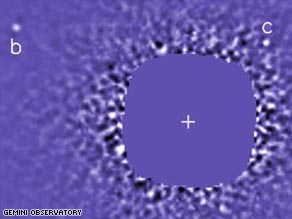

November 17th, 2008
admin
November 17th, 2008
admin
DailyTech – New Nanomaterial is Just What the Doctor Ordered for Medical Implants
Revolutionary material could offer clean, non-rejected implants of artificial organs or monitoring devices
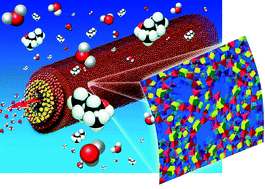






















Recent Comments